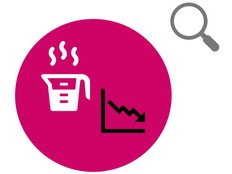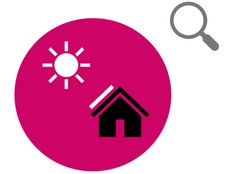Step 1: Prepare
What is it?
Complete an electrical circuit with your body, your friends’ bodies, and your BBC micro:bit.
This project is developed in partnership with White Rose Science for science teachers and allows students to understand how energy can be transferred by electrical circuits, and the kind of materials that conduct. Students can also learn about using sequence, selection, and repetition in computer programs and various forms of input and output.
This video explains how the project works and how to do the experiment.
How it works
- Two crocodile clip leads are attached to the micro:bit’s ground pin and pin 1.
- You hold the other ends of the leads with both hands to allow an electrical current to flow through you, or do the same with a group of friends holding hands.
- When the circuit is complete, a stick figure appears on the micro:bit’s LED display and a sound plays.
What you need
- a micro:bit
- a battery pack
- two crocodile clip leads
Step 2: Investigate
- Download the hex file and put the code onto your micro:bit. You do not need to write the code for this project yourself to do the experiment, but if you are interested in coding it, visit the Step 3: Code it section below.
- Attach a battery pack to the micro:bit.
- Attach two crocodile clip leads to the micro:bit’s ground pin and pin 1.
- Hold the other ends of the leads in each of your hands to form a circuit or hold hands in a circle with your friends. Break the circle at one point. One person should hold the end of the crocodile clip lead attached to pin 1 and another person should hold the end of the lead attached to the ground pin, to form a large circuit.
- When an electrical circuit is formed, a stick figure appears on the micro:bit’s LED display and a sound plays. Otherwise, the LED display clears, and no sound plays.
Step 3: Code it
Watch this video to find out how to code the project:
If you are interested in modifying the code for this project, click on one of the buttons below:
This content is published under a Creative Commons Attribution-ShareAlike 4.0 International (CC BY-SA 4.0) licence.



